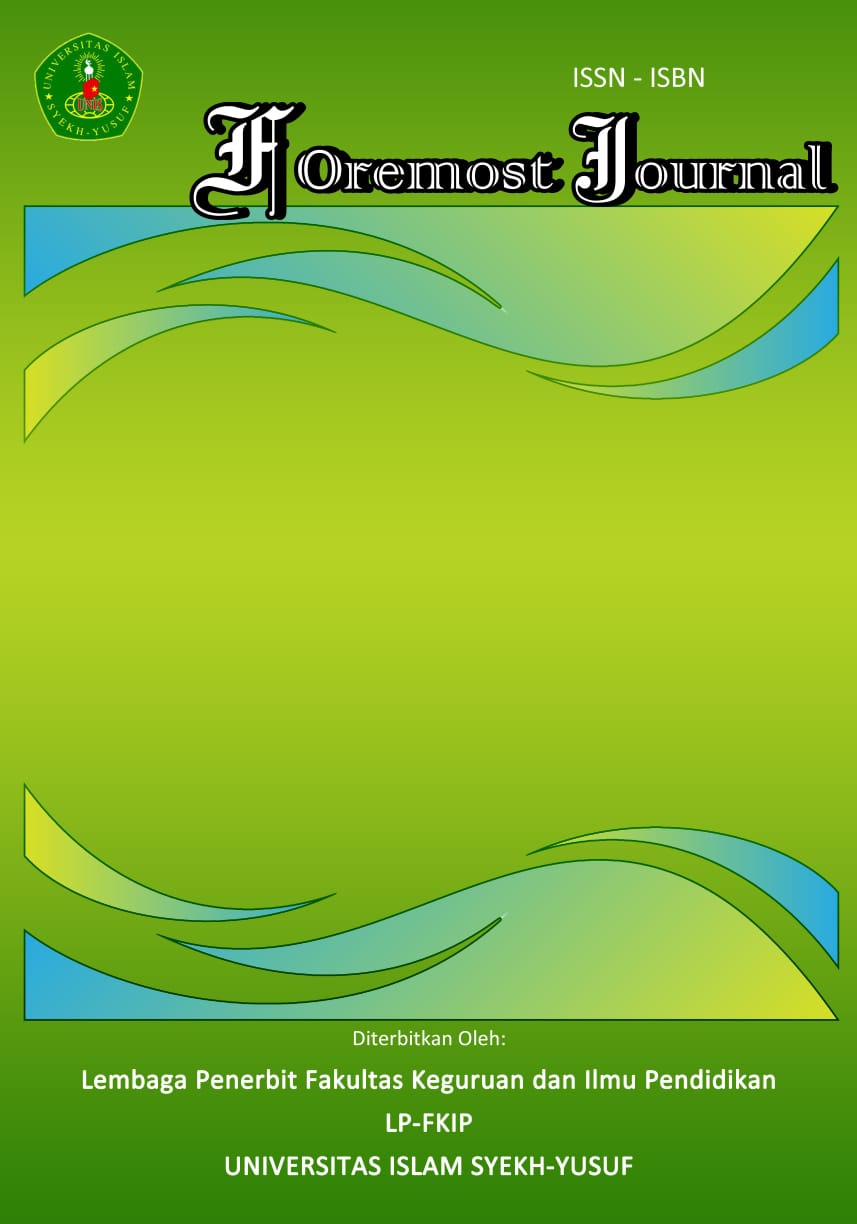Psychological Analysis of Elsa’s Character in Novel “My Grandmother Asked Me to Tell You She’s Sorry” by Fredrik Backman
DOI:
https://doi.org/10.33592/foremost.v5i2.5135Keywords:
Analysis of Psychology; Character; Literature; Novel; My Grandmother Asked Me to Tell You She’s SorryAbstract
The objectives of this study are to describe the psychological aspects of the character's story and identify the many forms of psychology exhibited by the main character in the novel "My Grandmother Asked Me to Tell You She's Sorry" authored by Fredrik Backman. The research methodology employed is descriptive qualitative. The present study employs the theoretical framework proposed by Soto and John (2017, p. 8). The research findings indicate that the traits of Openness account for 5 (25% of the total) and are exemplified by Elsa's covert departure from her apartment to accompany her grandmother. Similarly, the traits of Conscientiousness also contribute to 5 (25% of the total), exemplified by Elsa's unwavering determination to complete the task assigned by her grandmother. Lastly, the traits of Neuroticism account for 5 (25% of the total) and are evidenced by Elsa feeling pressured by bullying from some of her classmates when she holds a different opinion from one of them. Data findings indicate that Agreeableness is characteristic of 3 (15%) of the participants. For instance, Elsa demonstrates conflict and disagreement with her mother after being summoned by the Principal for attacking one of her friends. On the other hand, Extraversion is characteristic of 2 (10%) of the participants. For instance, Elsa isolates herself from having many friends at school and prefers to confide in her grandmother.
Downloads
Published
How to Cite
Issue
Section
License
Copyright (c) 2024 Foremost Journal

This work is licensed under a Creative Commons Attribution-NonCommercial-ShareAlike 4.0 International License.
- Authors certify that the work reported here has not been published before and contains no materials the publication of which would violate any copyright or other personal or proprietary right of any person or entity.
- Authors transfer or license the copyright of publishing to Foremost Journal to publish the article in any media format, to share, to disseminate, to index, and to maximize the impact of the article in any databases.
- Authors hereby agree to transfer a copyright for publishing to Foremost Journal a Publisher of the manuscript.
- Authors reserve the following:
- all proprietary rights other than copyright such as patent rights;
- the right to use all or part of this article in future works of our own such as in books and lectures;
- use for presentation in a meeting or conference and distributing copies to attendees;
- use for internal training by author's company;
- distribution to colleagues for their research use;
- use in a subsequent compilation of the author's works;
- inclusion in a thesis or dissertation;
- reuse of portions or extracts from the article in other works (with full acknowledgement of final article);
- preparation of derivative works (other than commercial purposes) (with full acknowledgement of final article); and
- voluntary posting on open web sites operated by author or author’s institution for scholarly purposes, but it should follow the open access license of Creative Common CC BY-NC-SA License.



